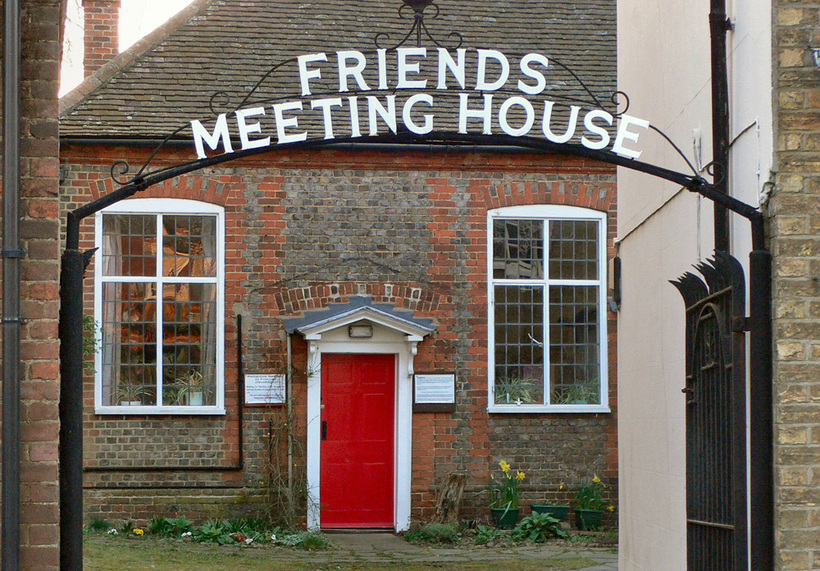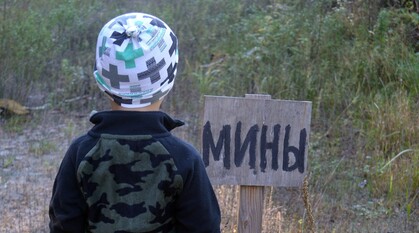5 ways to make Quaker meeting houses work for the future
Meeting houses have long played a key role as places of community and worship. But, asks Paul Parker, are they helping or hindering how the faith is growing and evolving?

I'm always a bit anxious when we spend time worrying about Quaker property. Early Quaker George Fox was disparaging about 'steeple houses'. In his radical vision, going to a physical church was not necessary to experience God. Really it's the community that makes up the church, not the premises it meets in.
Nevertheless, since those early days Quakers have always required a place to meet, and there are over 345 Quaker-owned meeting houses in Britain today – and other properties too. They range from fifteenth century timber-framed farm houses, to Grade 1 listed stone structures, to modern buildings in the centres of cities.
We can often get very loyal to our meeting places, and I think that's natural. We've often had some of our most profound personal experiences there. They are important places of community and worship, and they can and do work hard for us.
But our loyalty to them doesn't mean that they're going to work for everyone, and if they're not going to become 'steeple houses', then I think it's important that we look at them every now and again and ask ourselves some questions. As Quakerism grows into the 21st century we need to make sure that these buildings continue to serve their purpose, and support, rather than detract from, our vision of a welcoming, modern, radical faith as set out in Our faith in the future.
Quakers around Britain are already doing this, and thinking about how their meeting houses can best serve the Quaker community and the wider community. Here are five areas that might be worth focusing on.
1. Look at location
Firstly, and perhaps most importantly, we want our faith be seen, to be noticed. Our properties are where people find us, and where they can join our community in person. So they need to be easy to locate and easy to get to – which isn't always the case.
We need to think about the practicalities. Is the meeting house anywhere near public transport? Is there a bus on a Sunday? Or is Sunday the best day to meet in the places we meet at the moment?
2. Work on welcome
I think we often underestimate how difficult it is for people who come to a Quaker meeting for the first time to actually pluck up the courage to step through the door. Our buildings might look beautiful, but can they also seem imposing? If they send a signal to people that they're not really for the likes of them, then maybe they're not doing what we need them to do.
I think we've really got to look at what it's like for a first-timer to come into our community. How easy is it to cross the threshold? When they enter the building, are they going to feel welcomed? Will the surroundings be warm and tidy and bright?
3. Be open to diversity
In 2017 Yearly Meeting, the annual gathering of Quakers from across Britain, wrote a minute asking us to really think about the barriers to becoming a more diverse community.
Our meeting houses can potentially play a big part of this. We need to look at our gathered community of Quakers and consider who's not there and why. Is it that they just can't find us or don't know we exist, or have we somehow sent a signal that we're not for them? Are we explicit that anyone can come in to our meetings? Are we pleased to see them when they do?
And are our spaces accessible enough? Are there things we need to do to make sure people with particular physical or other needs can actually get into our buildings, and take part fully in our activities?
4. Consider what they communicate
As well as Quakers, other groups often use our spaces as places for meetings. It's worth thinking about what message the meeting house is giving to these visitors about who Quakers are and what we care about.
How long is it since you really looked at your meeting house and thought about what it says about you as a community and your meeting? Is there more work to do? Do the images on the walls, the posters, speak of a current, radical, modern, twenty-first century faith, or do they drag people back into something that feels a bit dusty and tired? Have you fallen into the classic trap of putting the posters up on the inside, looking in, rather than on the outside, facing out?
5. Let them inspire and energise
Being a Quaker isn't just about sitting in stillness. Our meeting houses also need to work as bases where it is easy to run projects and activities, and also reach out to and support the local community and wider projects.
Our faith thrives when it is put into action. Are we close to the people that we want to speak to? Are there places where we can stand outside and hold vigils, places that are a base for campaigns?
We're back to visibility again. How does your meeting house measure up?


